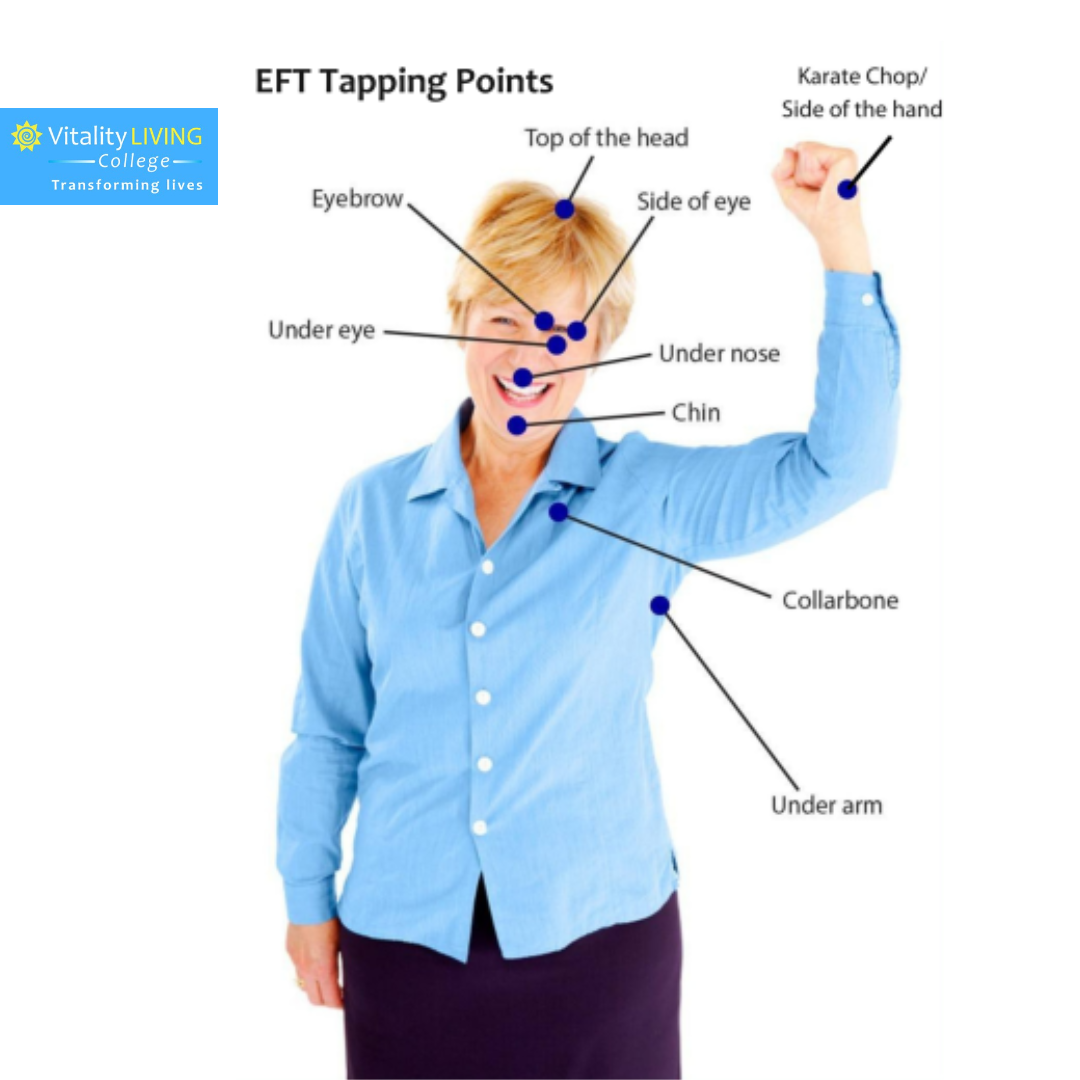EFT, or emotional freedom techniques, uses precise acupressure points to tap on in order to treat and release physical as well as mental obstacles. Eft tapping points significantly reduces anxiety, tension, and emotional discomfort by having the practitioner focus on unpleasant emotions or stresses while tapping. Rewiring the brain to respond differently to stimuli facilitates emotional healing and equilibrium. By treating underlying emotional problems, the approach can also help with behavioural adjustments and relieve physical pain. Its all-encompassing methodology provides a flexible means of augmenting general health and attaining mental and emotional lucidity.
WHAT IS EMOTIONAL FREEDOM TECHNIQUES AND TAPPING? Millions of people worldwide use EFT, a therapeutic method that was created by Gary Craig in 1997 and is a clinically validated tapping process that relieves stress. EFT Tapping Points the Tapping Solution App helped to popularize EFT .In order to reduce stress, anxiety, anxieties, and traumatic memories, EFT tapping stimulates the tapping points while uttering particular affirmations aloud to calm the nervous system.
WHAT IS CLINICAL EFT by Vitality Living College?
There are two types of EFT: clinical EFT and emotional freedom techniques (EFT). Clinical EFT has been demonstrated in research to alleviate physical pain, psychological symptoms like anxiety, phobias, fear, and obesity, as well as PTSD and stress. Furthermore, clinical EFT enhances a number of physiological markers, and numerous systematic evaluations have confirmed its effectiveness in the clinic. The main clinical evidence supporting EFT is that it can lessen symptoms of post-traumatic stress disorder (PTSD) by lowering cortisol, the stress hormone, through tapping into the nine points, letting go of the past, and encouraging positive thinking. Clinical EFT is now accepted as a standard form of therapy rather than an alternative treatment due to the clinical findings.
WHERE ARE THE EFT TAPPING POINTS LOCATED? These are the EFT tapping points as per the clinical guidelines:
Karate chop point: This is the outside edge of your hand's flesh. That's the appropriate place for a karate chop. This is usually where you introduce yourself and state your problem or concern.
Place at the top of the head: The hair whorl is situated at this place.
Eyebrow point: At the beginning of your eyebrow, this point is closest to the nose bridge.
The side of the eye point is located on the bone that makes up your eye's outer corner.
Benefit the eyes point: Under the eye, or beneath the eye point, is a location on the eye socket bone that is right below your eye.
Point under the nose: This point is where your nose meets your upper lip.
Upper lip chin point: This point is situated just below your lower lip in the crease of your chin.
Collarbone point: This point is where your breastbone and collarbone meet, just below your throat.
Below the arm point: On the side of the body, this point is about 4 inches below your underarm.
Thumb point: This is where your thumb's pad and nail meet on the side of your thumb.
The index finger point: is the point on the side of your finger where the nail and finger pad converge. This is the side that faces your thumb.
Middle finger point: On the side of your middle finger, this is where the nail and finger pad converge.
Little finger point: This is where your finger's pad and nail meet on the side of your little finger. This is the side that faces your ring finger.
In a similar vein, the taps are your body's components or organs and the pipes are your meridians. Energy flows freely to the various parts/organs if the meridians are unobstructed. But when there are obstructions, the body is out of balance, and energy cannot go freely until the impediments are removed.





Comments